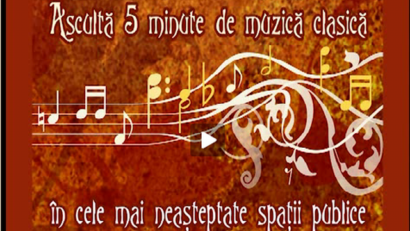
15 September is back to school day in pre-university Romania, the end of summer vacation.
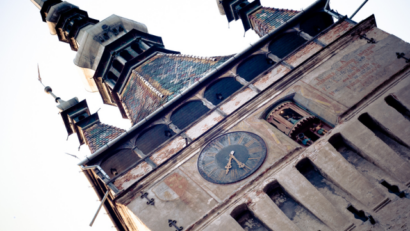
Born in Romania to a Saxon father, but currently residing in Munich, Mihaela Kloos honours her roots and comforts her nostalgia by writing on her...

The culture and history of Transylvanian Germans in Romania come to life on a website created by Mihaela Kloos.
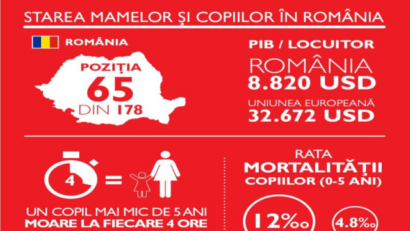
The well-being of mothers and children is an indicator of economic growth, but also of efficient social policies.
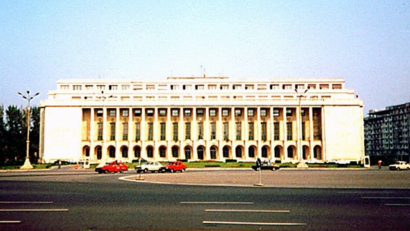
Used to think of Bucharest as the Little Paris, with its 19th century and La Belle Époque buildings, we forget that the Romanian capitals architecture started to be modernized as early as the interwar period, more precisely in the 1930s; and it was moder
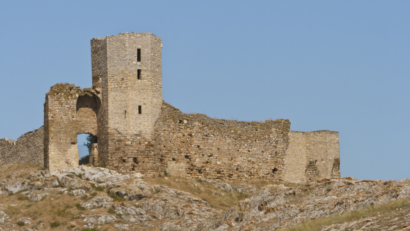
The river Danube is a waterway trade route, also lying at the crossroads of various cultures. Its banks have also been home to a string of thriving...
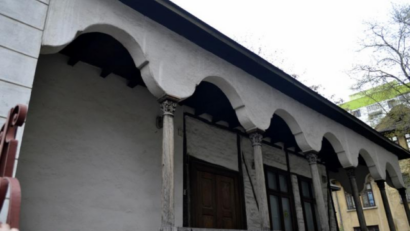
The history of one of the oldest parts of Bucharest.
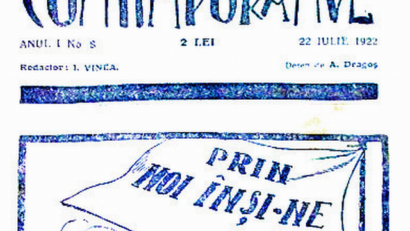
The Romanian avant-garde movement, which gained momentum after WWI, can be traced back to the early 20th century.
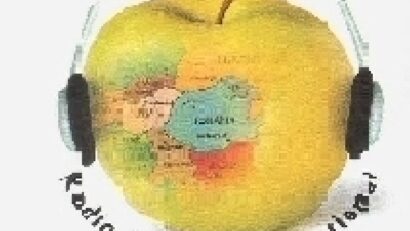
A promoter of the neo-Romanian style, Cristofi Cerchez designed some landmark buildings still to be seen in Romania today.
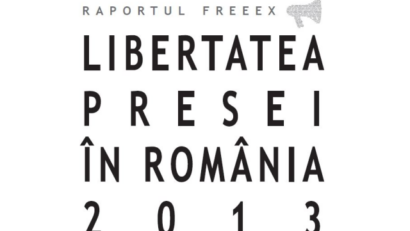
A feature on the crisis currently facing mass media in Romania
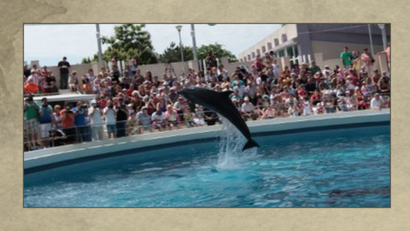
This month the facility celebrates 42 years of existence.
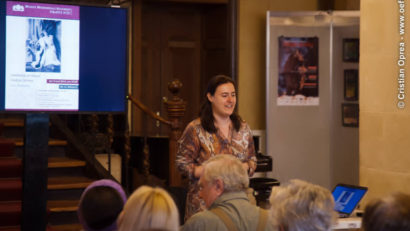
While not in the spotlight, the life of Romanian grand bourgeoisie women in the first half of the 20th century is no less interesting, quite the contrary. At the heart of family life, they were often the driving engine of an active artistic environment an
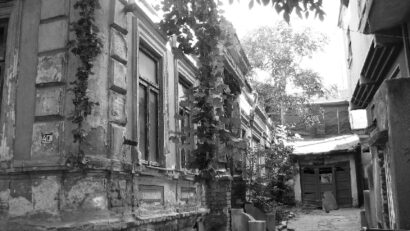
A look at the first documented evidence of the Jewish districts in Bucharest.
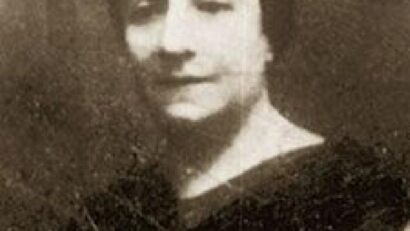
The profile of one of Romania's prominent feminist activists.
